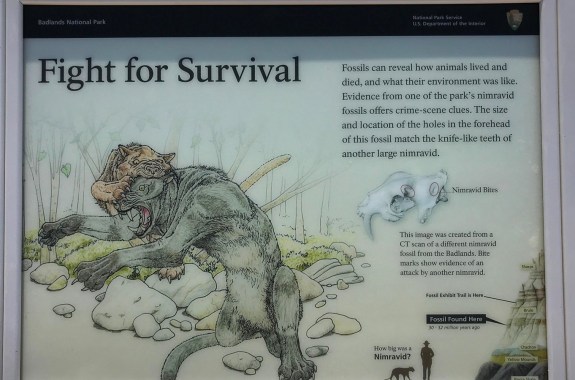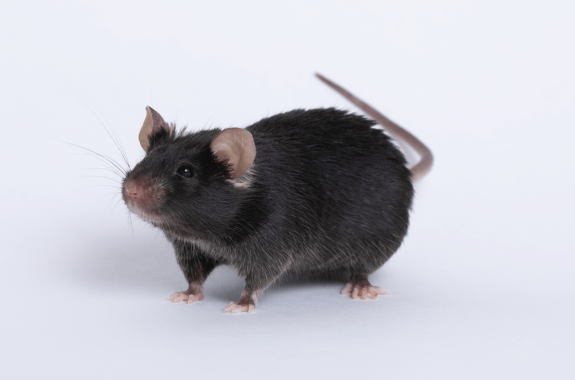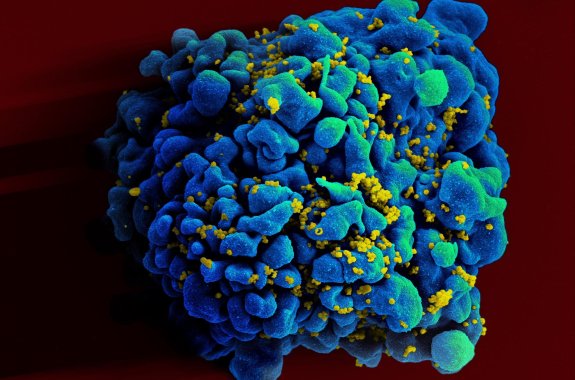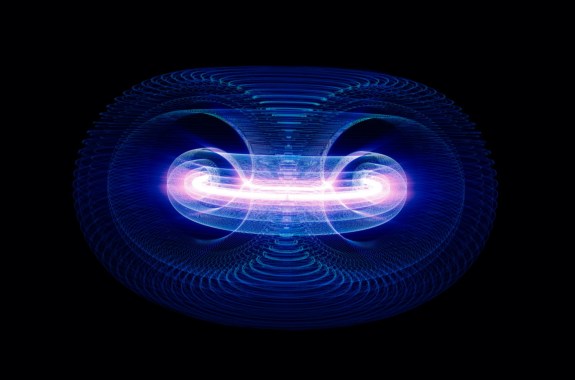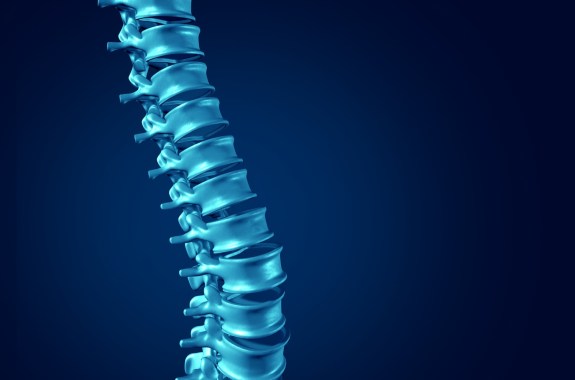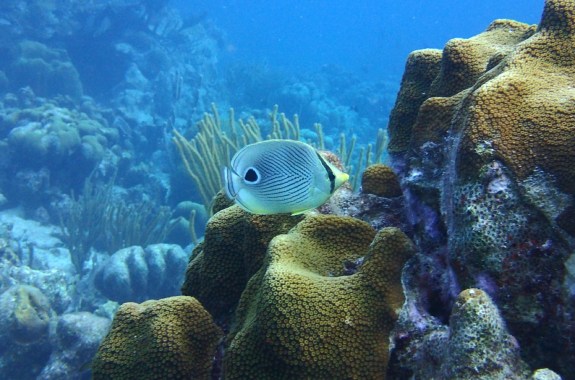7:50
Why Did Ancient Ferocious Cat-Like Creatures Go Extinct?
A combination of factors led to a period known as the “Cat Gap,” a stretch of 6.5 million years where there were no cats or cat-like animals living in North America.
9:36
Why Are Mice The Most Frequently Used Lab Animal?
Despite mice’s genetic similarity to humans, treatments that work in mice often don’t work in humans.
7:50
The Science Behind ‘Power Of The Dog’
A leading contender for an Oscar for Best Picture has a somewhat hidden science theme.
9:26
Blast Off To The Red Planet With The Spring Book Club
A planetary scientist explores the history of Mars in her book, “The Sirens of Mars.”
12:17
Third Person Cured From HIV, Thanks To Umbilical Cord Stem Cells
Stem cell transplants can’t cure everyone. But could the latest advance still help point to a more accessible treatment for HIV?
8:50
New Energy Record Set By Fusion Reactor
Results from the JET fusion experiment have scientists hopeful that a coming reactor called ITER will succeed.
12:12
New Device Helps People With Paralysis Walk Again
Patients with complete lower body paralysis are able to walk, cycle or swim using new spinal cord implants.
9:57
Could Protein-Based Vaccines Help Close The Global Vaccination Gap?
Vaccines made with recombinant protein technology are cheaper, and easier to manufacture and distribute around the globe.
7:25
How Cuba Developed Five COVID-19 Vaccines
The country’s robust biotech industry has long been on the leading edge of vaccinations.
17:12
Fish Make More Noise Than You Think
Far from being silent, many fishes either have been observed to make sounds, or have the capability to do so.
